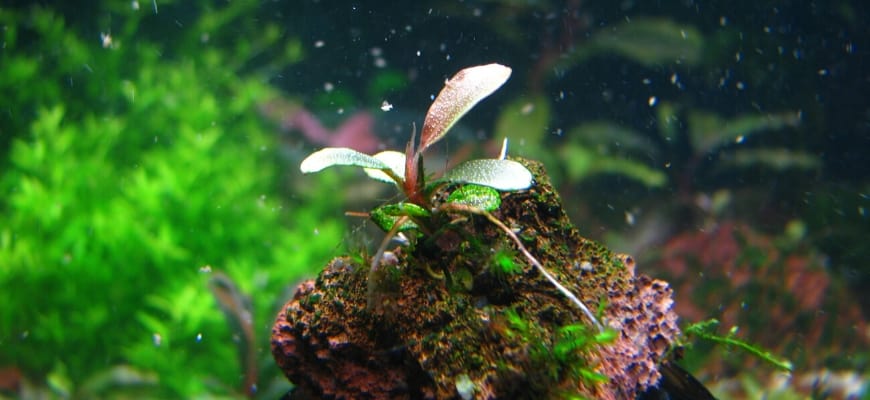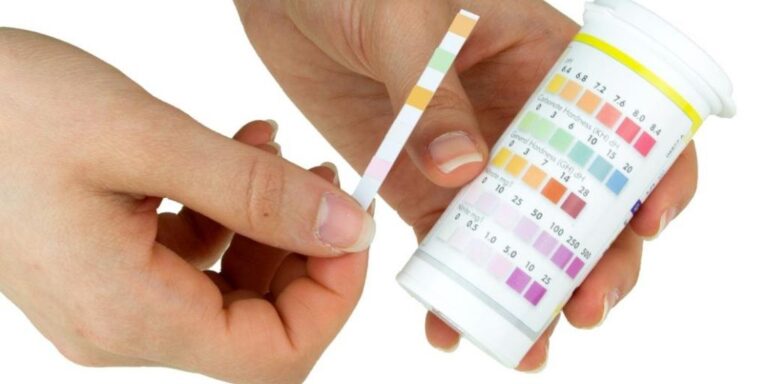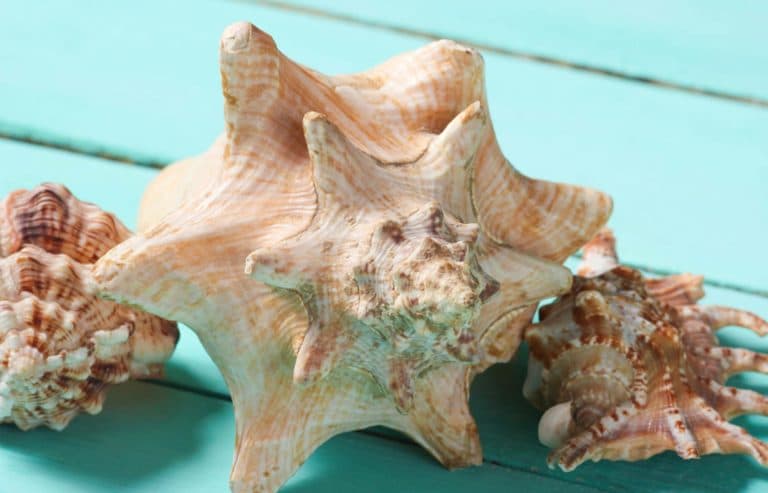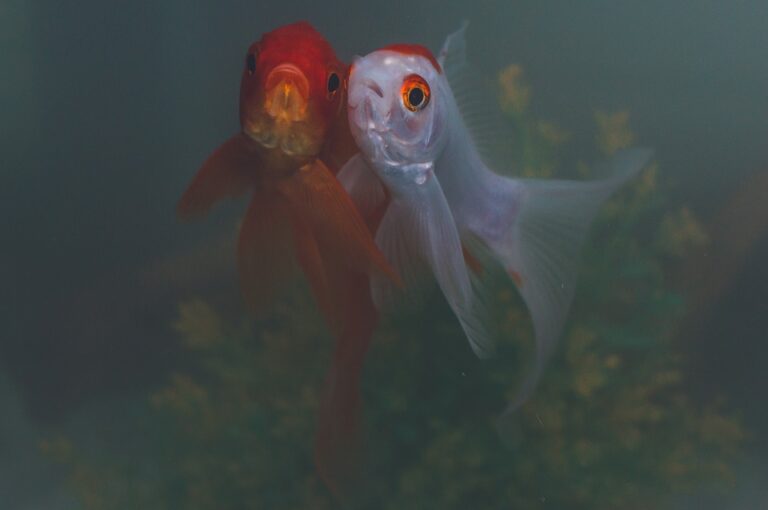Signs of Too Much CO2 in Aquarium
Signs of too much CO2 in an aquarium can be seen in both the water and the fish. The water can become cloudy as a result of over-carbonation, and it may also cause pH levels to drop significantly. Fish will display signs of stress such as gasping at the surface or laboured breathing, which is caused by their gills not being able to extract enough oxygen from the water.
Loss of appetite is another sign that can be observed in fish due to low oxygen levels or high acidity. Additionally, plants may suffer from stunted growth and turn yellowish with dark spots if they are exposed to excess carbon dioxide for prolonged periods of time.
Having too much CO2 in your aquarium can be detrimental to fish health. High levels of carbon dioxide can cause dangerous drops in pH, as well as toxic levels of ammonia and other toxins that can put stress on the inhabitants of the tank. Signs of excessive CO2 include loss of appetite, erratic swimming behavior, difficulty breathing, listlessness, and discoloration or fading coloration.
If these signs are seen it is important to take action quickly by checking water parameters and increasing aeration if necessary.
How to Regulate Co2 in Aquarium
Maintaining the right level of carbon dioxide (CO2) in an aquarium is essential for keeping healthy fish and plants. To regulate CO2, you should first measure the amount present in your tank with a test kit or monitor. Once you know the current levels, you can adjust them as needed by adding liquid CO2 to increase it or using a de-gassing device to reduce it.
It’s important to keep this balance in check as too little CO2 can lead to poor plant growth while too much can be toxic for your fish.
Signs of Low Co2 in Planted Aquarium
One of the most common signs of low Co2 in a planted aquarium is poor plant growth. If your plants are not thriving as they should, it could be an indication that there is insufficient carbon dioxide present in the water column. Other signs can include stunted or wilting leaves, yellowing foliage, and lack of coloration on new growth.
To ensure proper levels of Co2 for optimal plant health, you may need to supplement with pressurized Co2 or use DIY solutions like using yeast mixtures or bicarbonate soda injections into the aquarium.
How to Lower Co2 in Aquarium
One of the best ways to lower CO2 levels in an aquarium is through regular water changes. Not only does this help reduce the amount of carbon dioxide that accumulates in your tank, but it also helps remove nitrogenous wastes, which can increase CO2 levels as well. Additionally, increasing surface agitation by using a powerhead or air pump will help with gas exchange and keep CO2 from building up too quickly.
Another way to reduce high levels of carbon dioxide is to use live plants in your aquarium; they absorb some of the excess CO2 and release oxygen back into the water.
Can You Have Too Much Activated Carbon in Aquarium
When it comes to activated carbon in aquariums, there is such a thing as too much. It’s important to not only use the right type of activated carbon for your specific tank needs, but also to make sure you don’t overuse it. Too much activated carbon can lead to an increase in nitrate levels and cause pH swings that could be harmful for your fish and other aquatic life.
Additionally, if used too often, activated carbon can strip beneficial minerals from the water which can have long term detrimental effects on water quality.
How to Remove Co2 from Aquarium
Removing CO2 from your aquarium is an important part of keeping healthy fish and aquatic plants. There are a few methods to reduce the levels of CO2 in your tank, such as using chemical absorbents like activated carbon or resins, increasing aeration with pumps and filters, adding more surface agitation with airstones or wave makers, or even reducing the amount of feed given to the fish. Additionally, you can also use live plants to absorb excess CO2 through photosynthesis.
How Long to Leave Co2 on in Aquarium
When it comes to leaving Co2 on in an aquarium, you should always follow the manufacturer’s instructions. Generally speaking, however, a good rule of thumb is to leave the Co2 running for 30 minutes before lights go on and then turn it off when lights go out. This will help maintain a consistent level of dissolved carbon dioxide in your tank throughout the day.
How to Measure Co2 in Aquarium
Measuring CO2 levels in aquariums is important for maintaining the health of your fish and other aquatic life. The most accurate way to measure CO2 in an aquarium is by using a test kit, which contains chemicals that react with the CO2 in the water and then change color depending on how much gas is present. Test kits are available at most pet stores or online, and they usually come with instructions so you can easily take readings yourself.
Taking regular measurements will help ensure optimal water conditions for your fish and other tank inhabitants.
Fish Co2 Poisoning Symptoms
Fish CO2 poisoning can have serious and sometimes fatal consequences. Symptoms of CO2 poisoning in fish include difficulty breathing, erratic swimming behavior, loss of appetite, discoloration of the skin or fins, increased mucous production and possible death. Additionally, fish may become disoriented or appear weak and listless.
If you suspect your fish is suffering from CO2 poisoning it is important to take action immediately by testing for high levels of carbon dioxide in the aquarium water and adjusting accordingly.

Credit: www.tankarium.com
Can You Overdose Co2 in Aquarium?
Yes, it is possible to overdose carbon dioxide (CO2) in an aquarium. Too much CO2 can cause the pH of your aquarium water to drop too low and lead to unhealthy levels of toxicity for fish and other aquatic life. This can be a result of either adding too much CO2 directly or not controlling the amount accurately enough when using diffusion systems such as reactors or diffusers.
It’s important that you maintain proper control over these systems so that your tank stays healthy and balanced. The ideal range for a freshwater tank should be between 6-7 ppm (parts per million). If you start noticing signs of distress from your fish like gasping at the surface or lethargic behavior then it could indicate an issue with CO2 levels being too high.
To avoid overdosing, make sure to keep track of how much CO2 is going into the tank by regularly testing both its concentration and pH level with reliable test kits available on the market today. Setting up a controller system will also help monitor this for you automatically which can save time and prevent any accidents from occurring in your aquarium environment.
Will Too Much Co2 Cause Algae?
The question of whether too much carbon dioxide (CO2) will cause algae growth is a complicated one. On the one hand, higher levels of CO2 can lead to more photosynthesis by plants and algae, which can cause increases in algal populations. Additionally, increased CO2 levels have been linked to higher temperatures and nutrient availability, both of which are necessary for productive algal blooms.
However, on the other hand, an excess of CO2 has also been found to decrease pH levels in aquatic systems due to acidification. This could lower the amount of available nutrients in water bodies and make it harder for algae to grow or survive long-term. It’s important to note that while excessive amounts of CO2 may increase some types of primary production (phytoplankton), they are not necessarily beneficial across all species or ecosystems over time.
As such, careful monitoring is essential when considering changes in atmospheric concentrations as well as how these changes might influence local environments like lakes and rivers where algae growth might occur.
How Do I Balance Co2 And Oxygen in My Aquarium?
Maintaining the proper balance of carbon dioxide (CO2) and oxygen in your aquarium is essential for a healthy aquatic environment. Carbon dioxide, or CO2, is an important nutrient for plant growth, but too much can be harmful to fish and other animals that live in the tank. On the other hand, lacking enough oxygen in the water can lead to poor water quality and even death of your fish.
To ensure optimal levels of both gases are maintained in your tank you need to carefully monitor their concentrations on a regular basis. The most accurate method is by using specialized test kits which measure both CO2 and dissolved oxygen levels accurately. In addition to testing regularly it’s also important to make sure there’s adequate aeration in the tank via pumps or air stones so that there’s sufficient gas exchange between the atmosphere and water column; this will help keep levels balanced if they start drifting out of range.
Finally, adjusting lighting intensity may help as well – plants consume more CO2 when exposed to intense light while lower intensities result in less consumption which means higher concentrations remain within the aquarium itself. All these steps taken together should help maintain a good balance between both gases ensuring your aquarium stays healthy for all its inhabitants!
What Does Co2 Poisoning Look Like in Fish?
Fish are incredibly sensitive to changes in their environment, and one of the most dangerous environmental factors they face is a build-up of carbon dioxide (CO2) levels. Too much CO2 can cause what is known as “CO2 poisoning” in fish, which has numerous physical symptoms that can be observed by an observant aquarium keeper. Signs of CO2 poisoning include labored breathing, gasping at the surface for air, or otherwise struggling to breathe; bulging eyes; irregular swimming patterns; lethargy and lack of appetite; rapid gill movement without corresponding movement from other parts of the body; swelling or bloating near the lower back area or belly region with pale patches around it resulting from poor blood circulation.
If left untreated for too long, fish may eventually succumb to CO2 poisoning and die. To avoid such an outcome, it is important for aquarium keepers to monitor their tank’s water quality regularly and take steps such as increasing aeration if necessary to ensure that their fish remain healthy and safe from this potentially fatal condition.
CO2 POISONING! Be cautious when using Co2!
Conclusion
In summary, it is important to monitor the levels of CO2 in an aquarium as too much or too little can be harmful to fish and other aquatic life. As a general rule, if your tank starts showing signs such as browning leaves or gas bubbles on plants, then you’re likely seeing signs of excessive CO2 levels. Fortunately, these issues can usually be remedied by simply adjusting the amount of air flow in the aquarium and ensuring that there is adequate filtration and aeration.
With proper maintenance and monitoring, you’ll have a healthy tank for many years to come.





